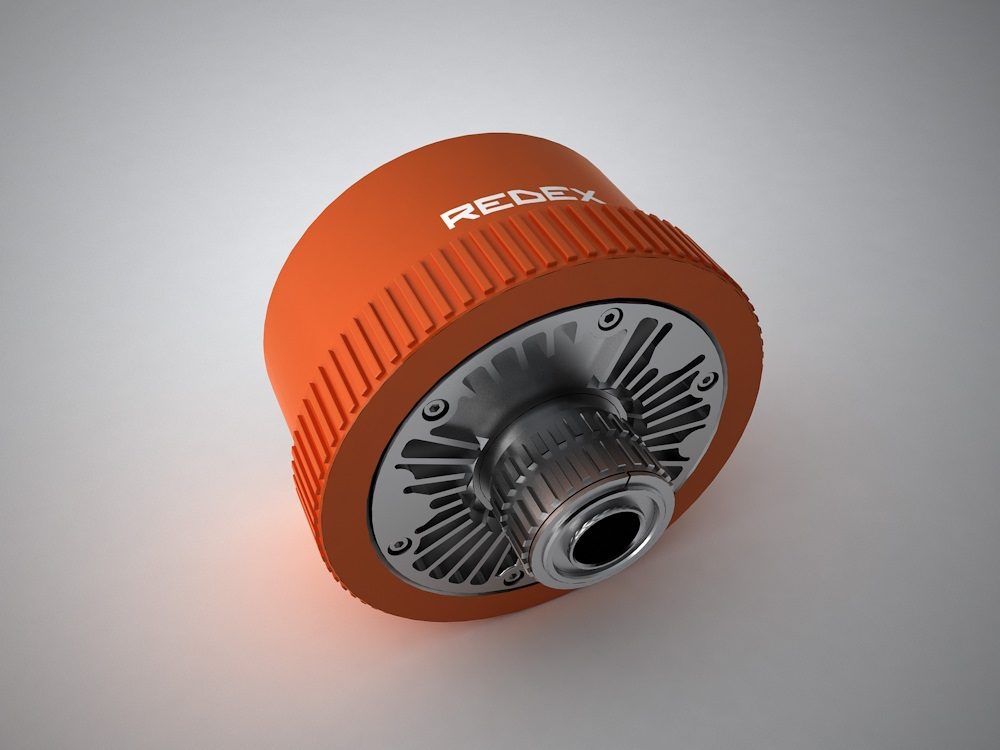Redex Differential Gearboxes Ensure Lay Consistency for Wire Bunching Equipment

When it comes to twisting and bunching wire and cable, consistency is key. For example, the amount of insulation required for residential wiring depends on the wire’s lay — the distance between its twists, which is also known as the pitch. Without tight control during the wire bunching process, lay variations occur. As a result, the wire will require more insulation than necessary, raising its cost. A differential gearbox can drive rotating components in a single-twist buncher to provide a more uniform lay, using less power at a lower cost than a two-motor approach.
The SR differential has a unique compound epicyclic gearing design that incorporates two sun gears within the casing along with two gears for each planet axis. Redex’s patented assembly process ensures equal load sharing between the planet gears: As planet gear assemblies are added, the torque capacity of the differential increases. The SR unit is designed and constructed to allow power to circulate through the differential so that one element is braking, and the other element is driving. That means the differential input motor only needs to provide driving power for braking. Furthermore, there is a large ratio between the drive motor and the driven reel. Therefore, a large change in motor speed affects a small change in reel speed, which makes the speed control and, in turn, the lay very accurate during winding.
The SR differential gearbox is also a more attractive option than a two-motor approach, which otherwise requires a designer to size and implement two large motors — one for braking power and another large motor for the driving power. Instead, the differential approach provides greater power efficiency and space use for the single-twist buncher plus greater control of the lay. The result: lower wire-insulation costs and a better bottom line for your bunching operation.





